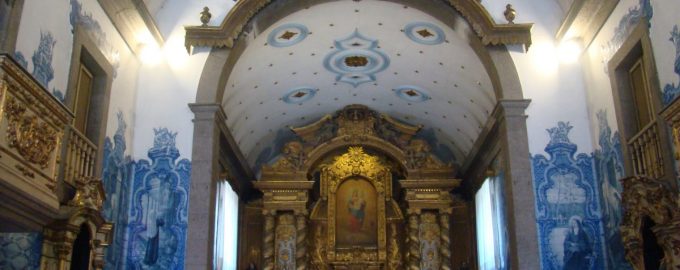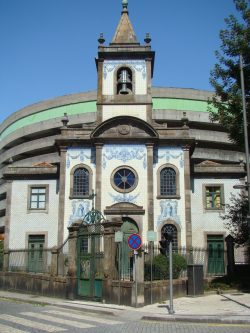The influence of the English in the city of Porto and specifically the Port wine is well known, but the relationship between Porto and British is much older.
The first contact took place around June 1147, when the English Crusaders who were going to the Holy Land stayed in Porto for 11 days waiting for the forces commanded by the Count of Areschot and Cristiano de Gistell, who had separated from the fleet due to a tempest at sea . The first king of Portugal, Afonso Henriques, on learning of this fact, tried to establish an agreement with their leaders, convincing them to help in the conquest of Lisbon from the Moors.
The relationship intensified during the middle Ages, with the establishment of commercial relations. Cloths, wine, wood, furs and fish were the products traded between the two countries.
The 2 of February of 1367 the Cathedral of the Porto was stage of the marriage between D. João I and D. Filipa de Lencastre, a union that would offset the support of the British in the fight against Castile. In 1642, two years after the restoration of Portugal’s independence, Porto receives the first British consul, Nicholas Comerforde.
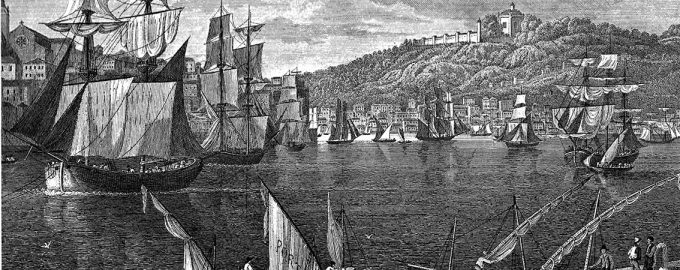
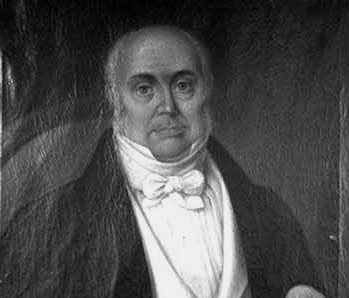
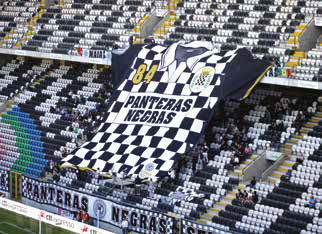
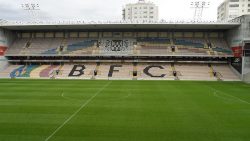

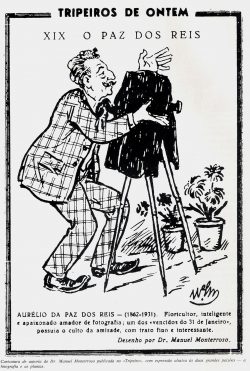
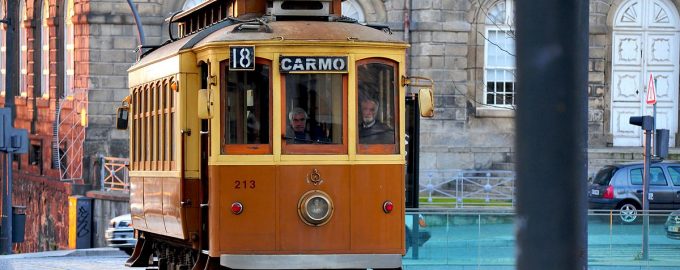
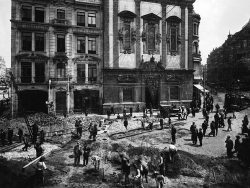 There are currently three lines in operation:
There are currently three lines in operation: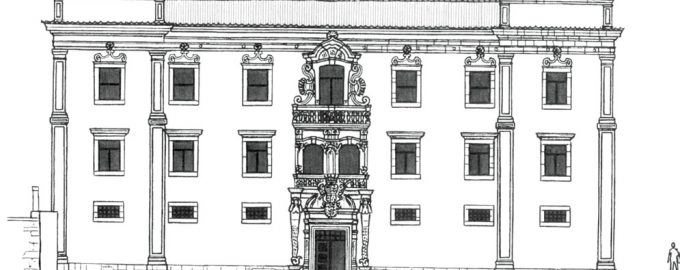
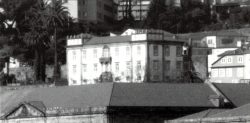
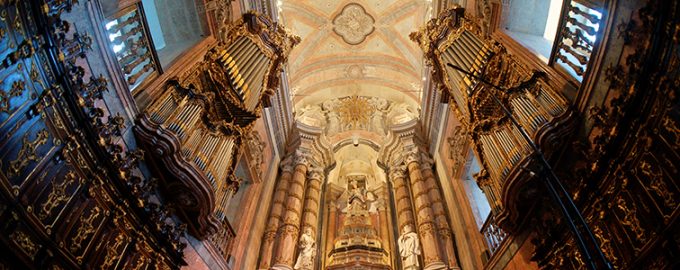
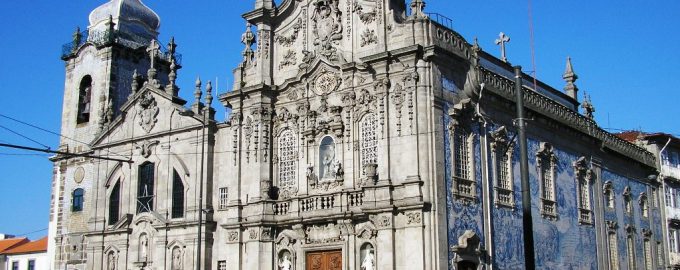
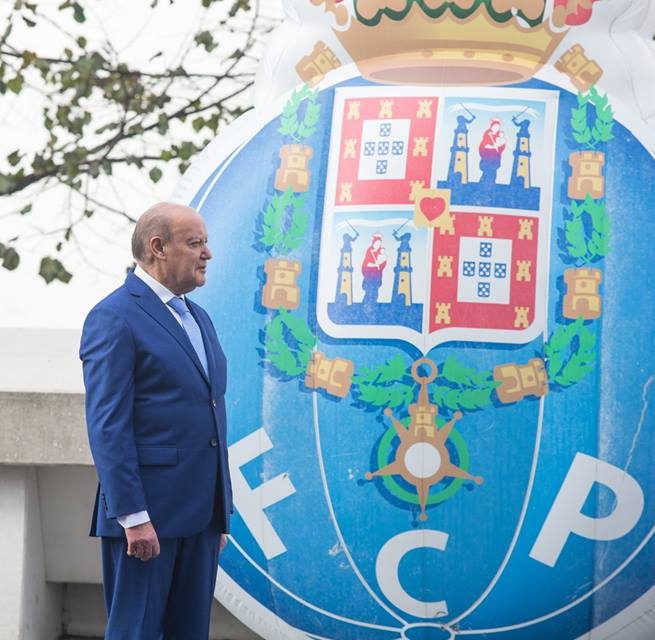
 During the 80’s, FC Porto gained national and international prestige; in the 90’s, they won for the first time five consecutive national titles. In the first decade of the 21st century, there were more titles, including the UEFA Cup in 2003 and the Champions League and the Intercontinental Cup in 2004. The victories in football add to triumphs in other sports as well as important land leveling works: old Estádio das Antas, the construction of the Estádio do Dragão, Dragão Caixa and the FC Porto Museum.
During the 80’s, FC Porto gained national and international prestige; in the 90’s, they won for the first time five consecutive national titles. In the first decade of the 21st century, there were more titles, including the UEFA Cup in 2003 and the Champions League and the Intercontinental Cup in 2004. The victories in football add to triumphs in other sports as well as important land leveling works: old Estádio das Antas, the construction of the Estádio do Dragão, Dragão Caixa and the FC Porto Museum.